
Aberdeen is a city in North East Scotland, and is the third most populous Scottish city.
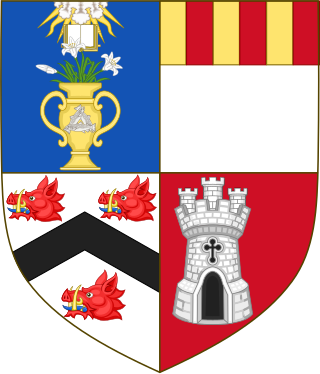
The University of Aberdeen is a public research university in Aberdeen, Scotland. It was founded in 1495 when William Elphinstone, Bishop of Aberdeen and Chancellor of Scotland, petitioned Pope Alexander VI on behalf of James IV, King of Scots to establish King's College, making it one of Scotland's four ancient universities and the fifth-oldest university in the English-speaking world. Along with the universities of St Andrews, Glasgow, and Edinburgh, the university was part of the Scottish Enlightenment during the 18th century.
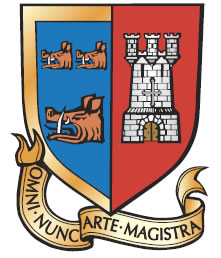
Robert Gordon's College is a co-educational independent school for day pupils in Aberdeen, Scotland. The school caters for pupils from Nursery through to S6.

The Royal Botanic Garden Edinburgh (RBGE) is a scientific centre for the study of plants, their diversity and conservation, as well as a popular tourist attraction. Founded in 1670 as a physic garden to grow medicinal plants, today it occupies four sites across Scotland—Edinburgh, Dawyck, Logan and Benmore—each with its own specialist collection. The RBGE's living collection consists of more than 13,302 plant species, whilst the herbarium contains in excess of 3 million preserved specimens.

Francis Masson was a Scottish botanist and gardener, and Kew Gardens’ first plant hunter.
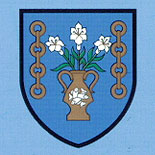
Old Aberdeen is part of Aberdeen in Scotland. Old Aberdeen was originally a separate burgh, which was erected into a burgh of barony on 26 December 1489. It was incorporated into adjacent Aberdeen by Act of Parliament in 1891. It retains the status of a community council area.
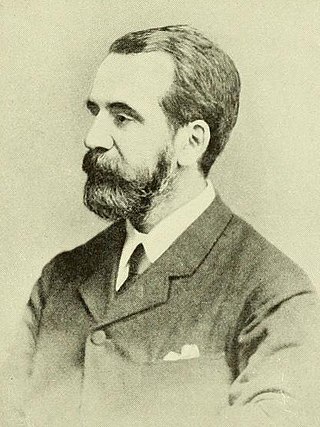
Sir George King was a Scottish-born British botanist who was appointed superintendent of the Royal Botanic Garden, Calcutta in 1871, and became the first Director of the Botanical Survey of India from 1890. He was recognised for his work in the cultivation of cinchona and for setting up a system for the inexpensive distribution of the anti-malarial quinine throughout India through the postal system.

Helen Burness Cruickshank was a Scottish poet and suffragette and a focal point of the Scottish Renaissance. Scottish writers associated with the movement met at her home in Corstorphine.

Gray's School of Art is the Robert Gordon University's art school, located in Aberdeen, Scotland. It is one of the oldest established fine art institutions in Scotland and one of Scotland's five art schools today, and ranked among the Top 20 Schools of Art and Design in the United Kingdom. The School is housed in a modernist building at the university's Garthdee campus in Aberdeen. As well as degree-level training in fine art, applied art and design, Gray's School of Art offers short courses and evening classes to the general public in a wide variety of mediums. Many of these are designed for those with no previous formal training, and can also be used to develop a portfolio prior to applying for degree-level study. The School also mounts exhibitions, including the annual Degree Show which showcases the work of students on its programmes.

Sir David Prain was a Scottish botanist who worked in India at the Calcutta Botanical Garden and went on to become Director of the Royal Botanic Gardens, Kew.
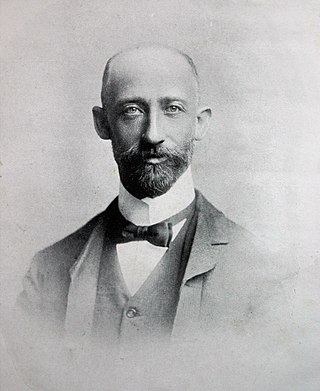
Thomas Robertson Sim was a botanist, bryologist, botanical artist and Conservator of Forests in Natal, best known for his monumental work The Forests and Forest Flora of the Colony of the Cape of Good Hope which appeared in 1907. He was the eldest of five children of John Sim (1824–1901), a noted bryologist and Isabella Thomson Robertson (1823-).

The Scottish National League, first played in 1997 under the name The Scottish Conference before changing to its current name the following season, is the top-tier domestic rugby league club competition in Scotland. It was renamed the RLC Scottish Premier between 2007 and 2011 and formed a division of the Rugby League Conference competition.
Cruickshank or Cruickshanks is a Scottish surname. Notable people with the surname include:
Alexander Garden of Troup was a Scottish politician.
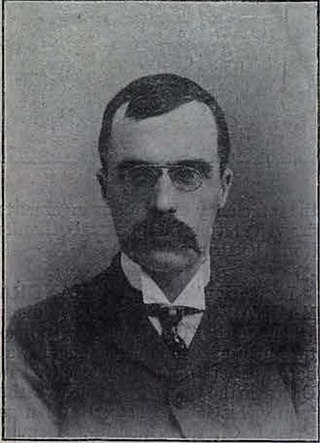
Andrew Thomas Gage was a Scottish botanist and surgeon in the Indian Medical Service who worked at the Calcutta Botanical Garden.
Mary McMurtrieDA SBA was a Scottish botanical artist and horticulturalist. She wrote and illustrated several books of wild flowers and became internationally recognised for her botanical art. She continued painting and publishing until she was over a hundred years old, becoming recognised as the oldest working artist in Britain.
William Grant Craib was a British botanist. Craib was Regius Professor of Botany at Aberdeen University and later worked at the Royal Botanic Gardens, Kew.
John Cruickshank was a Scottish mathematician.


















